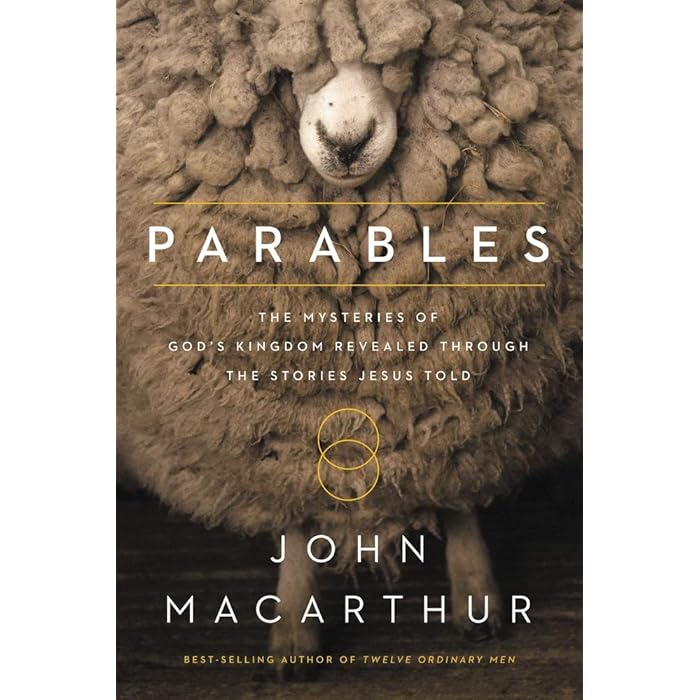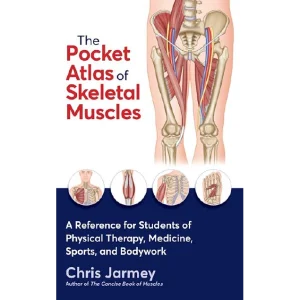Description
A **parable** is a short, simple story used to illustrate a moral or spiritual lesson. It is often used in religious or philosophical teachings. Parables usually feature everyday situations or characters, and their purpose is to convey profound truths in a relatable and understandable way.
Here are a few examples of famous parables:
### 1. **The Good Samaritan** (Bible – Gospel of Luke)
**Lesson**: Kindness transcends boundaries.
**Story**: A man is beaten and left for dead by the side of the road. A priest and a Levite pass by without helping, but a Samaritan, someone typically despised by Jews at the time, stops to assist, showing compassion and mercy.
### 2. **The Prodigal Son** (Bible – Gospel of Luke)
**Lesson**: Forgiveness and redemption are always available.
**Story**: A younger son asks his father for his inheritance and wastes it in reckless living. When a famine strikes, the son returns to his father, remorseful. The father welcomes him back with open arms, showing unconditional love and forgiveness.
### 3. **The Parable of the Lost Sheep** (Bible – Gospel of Matthew)
**Lesson**: Every individual is precious and worth seeking out.
**Story**: A shepherd leaves his 99 sheep to search for one lost sheep, illustrating that God values each person and will go to great lengths to bring them back.
### 4. **The Tortoise and the Hare** (Aesop’s Fables)
**Lesson**: Slow and steady wins the race.
**Story**: A hare, confident in its speed, challenges a tortoise to a race. The hare stops to rest, thinking it will win easily, while the tortoise continues at a steady pace. Eventually, the tortoise wins the race, showing that persistence and determination often overcome arrogance and haste.
### 5. **The Blind Men and the Elephant** (Indian Parable)
**Lesson**: Different perspectives can lead to different truths.
**Story**: Several blind men touch different parts of an elephant and describe what they think it is—one thinks it’s a wall (touching the elephant’s side), another thinks it’s a spear (touching the tusk), and so on. This illustrates how limited perspectives can lead to incomplete or inaccurate conclusions.






Reviews
There are no reviews yet.